Baseball History Comes Alive Now Ranked #2 by Feedspot Among All Internet Baseball History Websites and Blogs!
Guest Submissions from Our Readers Always Welcome!
Scroll Down to Read Today’s Essay
Subscribe to Baseball History Comes Alive for automatic updates. As a Free Bonus, you’ll get instant access to my Special Report: Gary’s Handy Dandy World Series Reference Guide!
“Yankee-A’s Traded Players” Photo Gallery
Click on any image below to see photos in full size and to start Photo Gallery:
Those of you who read Part One of this two-part series will recall that Vince Jankoski is doing a “deep dive’ into the trades between the Athletics and Yankees from the early 1950s into the 1960s. Vince is making the case that K.C. serving as the Yankees’ “farm team” is a myth. In Part One, he dissected seven trades he viewed as a “wash,” and five he thought favored the Yankees. Today in Part Two, he presents trades that he rates as “advantage K.C.”
Vince has done his homework, and we thank him for taking on this controversial topic. You won’t have to necessarily agree with Vince to find his conclusions interesting. In the featured photo, we see one of the shuttled players that the Yankees obtained from the Athletics. As we know, he went on to achieve stardom in New York: Roger Maris. -GL
Part Two: Was Kansas City Really a “Farm Team” for the Yankees?
As promised, here are the trades where the Athletics got the better of the deal.
1. The first trade in the period under review occurred while the A’s were still in Philadelphia. It was on December 16, 1953. Harry Byrd, Eddie Robinson, Tom Hamilton, Carmen Mauro and Loren Babe went to the Yanks in return for Don Bollweg, John Gray, Jim Robertson, Jim Finigan, Vic Power, and Bill Renna. Byrd, Hamilton, Mauro, Babe, Bollweg, Gray, Robertson, Finigan, and Renna were fringe players at best, helping neither team. So, the trade was Robinson for Power. Robinson was a decent hitter, but he was at the end of his career. He had just passed his thirty-third birthday at the time of the trade. He would hit .230 in three seasons as a part-time player for the Yankees before being returned to the A’s. He would hit only 27 home runs after being dealt by the A’s and was never a full-time player post-trade. Power, on the other hand, was a rising star. He would go on to be a four-time All-Star and seven-time winner of a gold glove. His 126 home runs post-trade far surpass Robinson’s total. It is rumored that the Yankees traded Power because he was a troublemaker and was not in the Yankee mold (read, he was an African-American who drove fancy cars and dated white women). Nevertheless, whatever the motivation for the trade, there is a strong advantage here to the A’s.
2. On May 11, 1955, the Yanks received Sonny Dixon and cash for Johnny Sain and Enos Slaughter. Dixon appeared in only three games for the Yanks. Sain and Slaughter were terrific players past their prime. Sain won 20+ games four times, but was 2-5 with the A’s in his last season. However, Kansas got its value out of Slaughter. He hit .322 and .278 in his two partial seasons in Kansas City. Advantage K.C.
3. Little more than a year later, on June 14, 1956, the Yankees received Moe Burtschy, Bill Renna, and cash for Lou Skizas and the aforementioned Eddie Robinson. Skizas hit .316 for the A’s in 1956 before falling into obscurity. Neither Burtschy nor Renna ever played a game for the Yanks. Advantage K.C.
4. Shortly after the end of the 1956 season, on October 16, 1956, the Yankees sold Bob Cerv to Kansas City. Cerv was the reverse of Enos Slaughter. As a center fielder for the 1950s Yankees, Cerv spent a lot of time on the New York bench. At Kansas City, he was a star. In 1958, Cerv hit 38 dingers, with 104 RBIs, and a .305 batting average, all marks comparable to Mickey Mantle’s 1958 statistics. Advantage K.C.
5. On April 12, 1959, the Yanks received Mike Baxes and Bob Martyn in exchange for Tommy Carroll and Russ Snyder. Baxes and Martyn did nothing for the Yanks. Neither did Carroll for the A’s. Russ Snyder, however, was a good ballplayer, hitting over .300 twice for the Orioles, helping them win the World Series in 1966. He was third in the Rookie of the Year balloting in 1959 while still with the A’s. Advantage A’s. Another example of the A’s not holding onto the value they received in the trade.
Sooooooooo, during the period 1953-1960 the Yankees and Athletics consummated 17 deals. Five favored the A’s. The Yankees also had the advantage in five. Seven are rated even. On that basis, you can’t say that the Yanks took advantage of their cellar-scraping counterparts.
Another way to evaluate the A’s-Yankees dealings is to amalgamate all of the trades and compare the quality players received by each team. As noted above, the pitchers involved in these transactions (with the possible exception of Ryne Duren) were good enough to win in New York and bad enough to lose in Kansas City. Neither side has an advantage there. There were also various throw-ins who played little if at all after the trades.
Considering only the quality players we are left with: New York received Maris, Boyer, and Duren; K.C. received Power, Snyder, Cerv, Held, and Seibern. If there is an advantage to New York here, it is because of Maris, but Maris would not have hit 61 home runs in Kansas City. Maris had the perfect swing for Yankee Stadium’s short right-field porch. Plus, Maris was the beneficiary of strong hitters behind him in the New York lineup, discouraging opposing hurlers from pitching around him. Maris’ yearly home run totals before the trade were 14, 28, and 16. Once in New York, his production jumped to 39, 61, and 33 before being injured. In Kansas City, Maris (who was also an outstanding outfielder) would most likely have produced not much more than Seibern.
What made the trades appear to be one-sided is the obvious: The Yankees won with the players they received and the Athletics remained a second-division team with the players they obtained. This is true for two reasons. First, in addition to quality players, the Yankees also received role players in the trades (Robinson, Slaughter, Lopez, Cerv) who were not much value in Kansas City but who filled gaps in the already strong Yankee lineup. Second, Kansas City did not hold onto the quality players they received in the trades, shipping off the likes of Power (Cleveland), Snyder (Baltimore), and Held (Cleveland) – and Cerv, Slaughter, and Terry back to the Yankees. Power and Held were traded for Maris, then Maris was dealt to the Yanks further proving that the A’s of the time did not make bad trades as much as they did not retain the good players they got in the trades that they did make. The result was that essentially the A’s got Norm Seibern for an all-star first baseman (Power) and a home run-hitting shortstop (Held).
So, let us put to rest the myth that the Athletics made horrible trades that weakened their own team while assuring pennants to the Yankees. Taken cumulatively, there was nothing wrong with the trades. Both teams were acquiring players that would help them win. In large part, New York was seeking to fill holes. Kansas City was looking for starting players, but one or two quality players received from the Yankees would not turn Kansas City into a pennant contender, especially if the A’s traded off those quality players. However, the players sent to New York, while often of little value to the A’s, filled the roles that the Yankees needed to fill in order to hoist the pennant. Thus, the myth that the A’s gave away great players, and received little in return.
Vince Jankoski
Subscribe to our website, “Baseball History Comes Alive!” with over 1400 fully categorized baseball essays and photo galleries, now surpassing the one million hits mark with 1.044M hits and over 850 subscribers
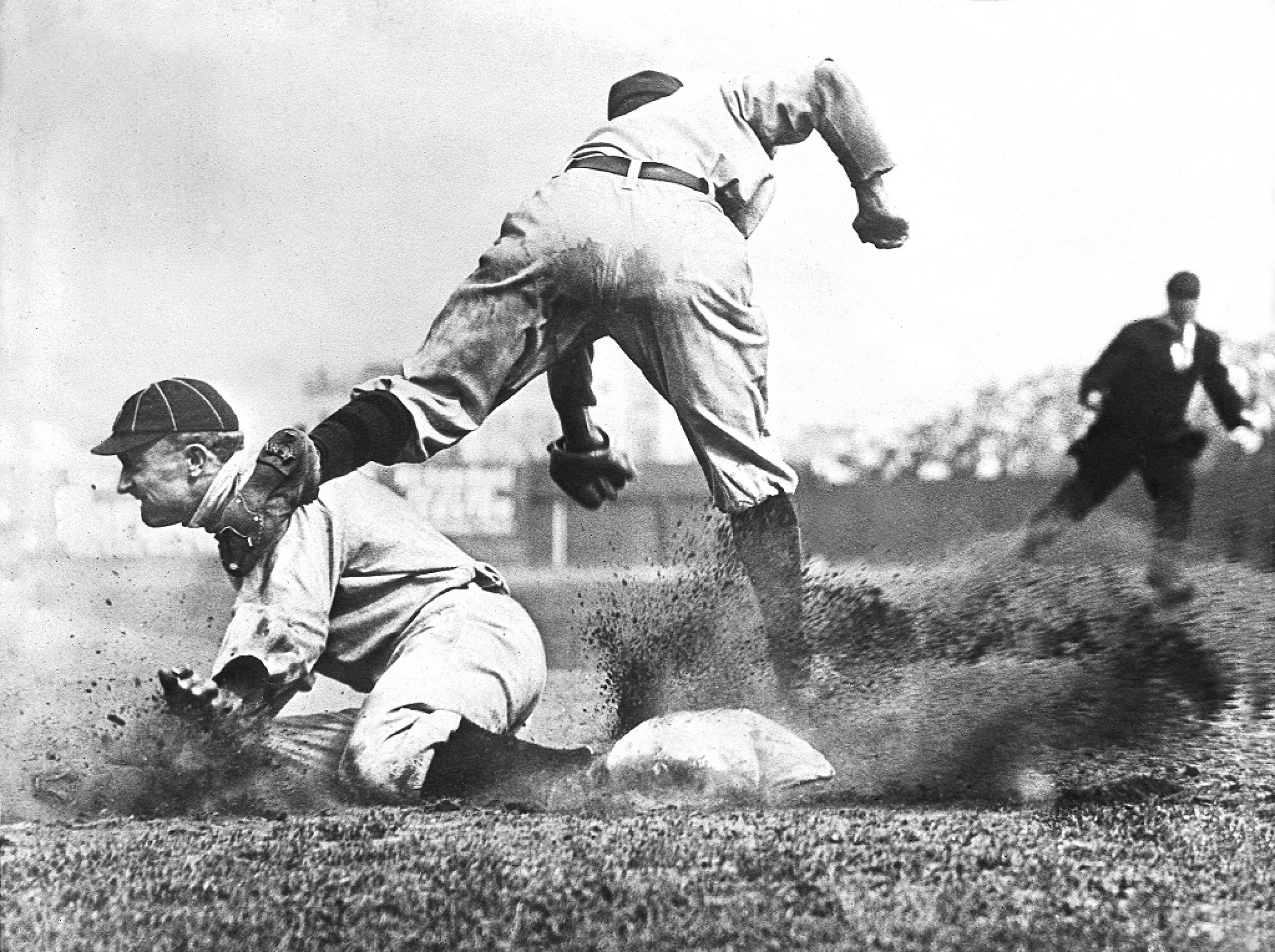
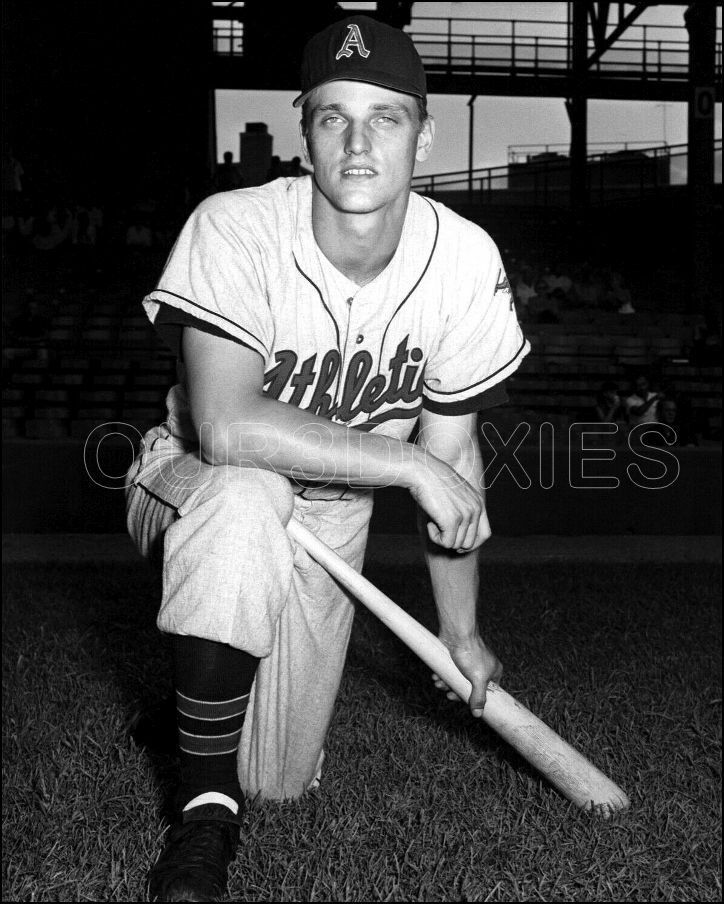
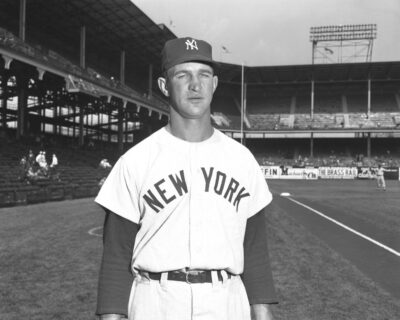
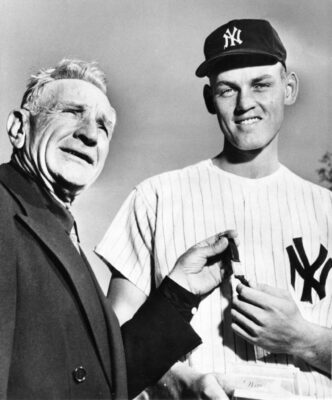
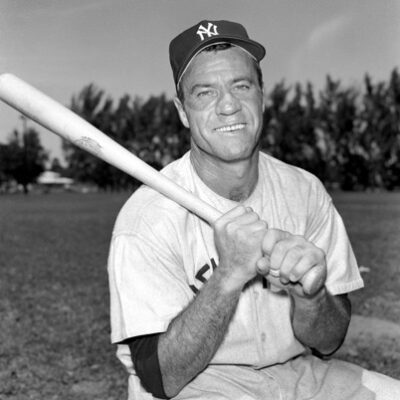
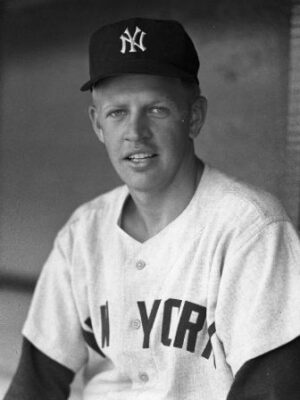
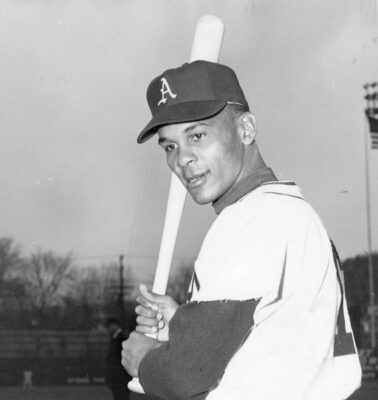
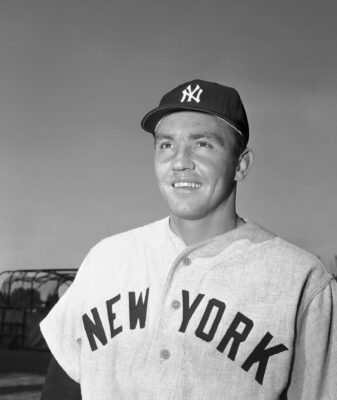
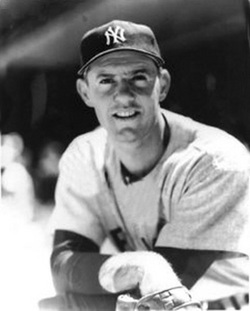
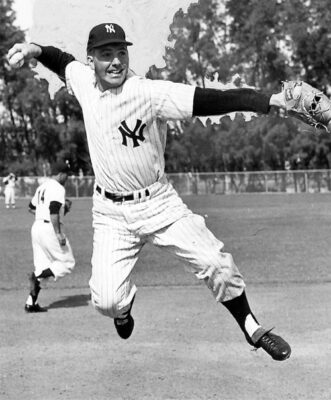
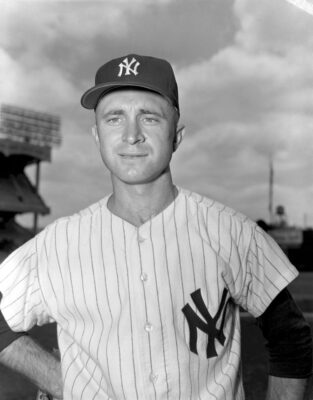
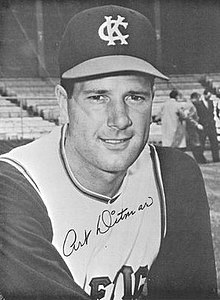
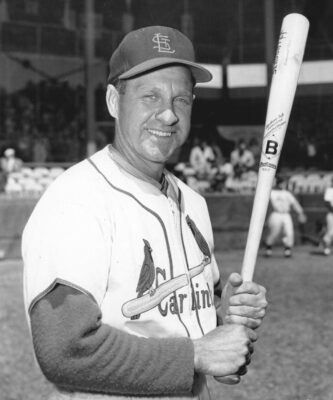
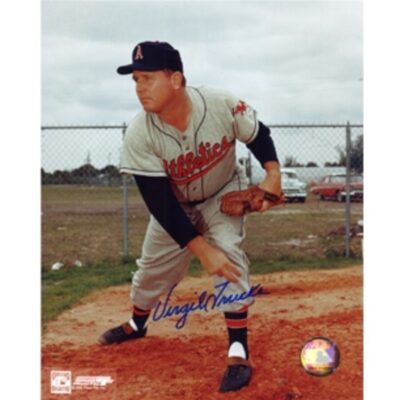
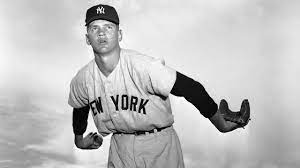
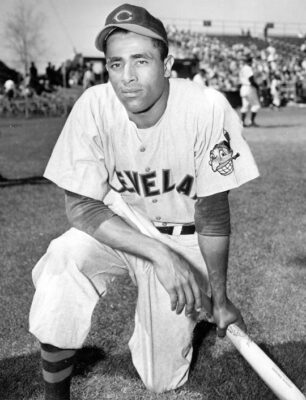
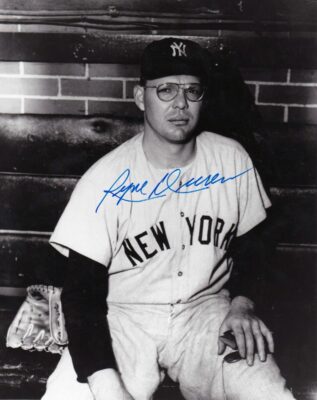
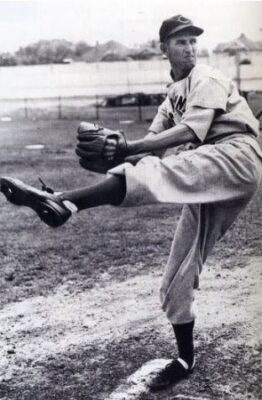
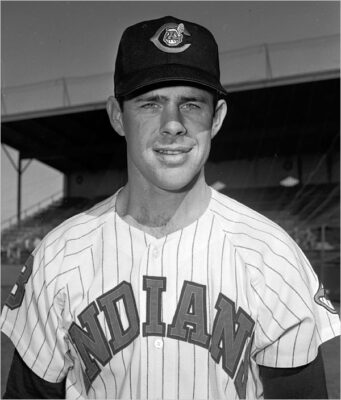
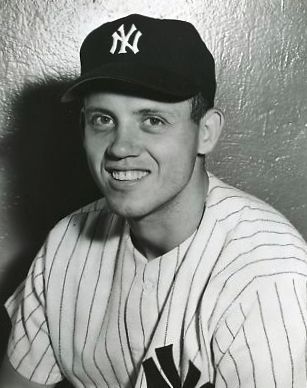
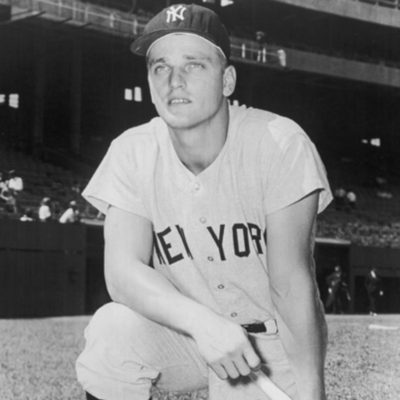
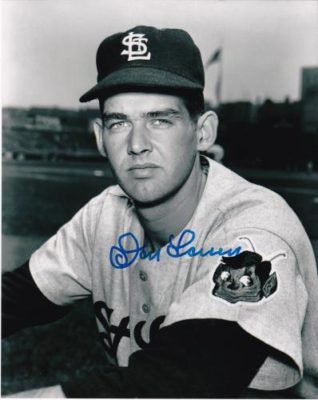
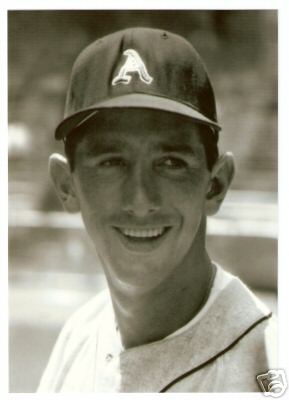
I may have missed it, but you did not mention the trade that brought Bud Daley to the Yankees from KC. Bud was a decent starter and contributed to the 1961 Yankee world championship. This one would have had to be a pro Yankee trade.
The first article begins by stating that it is a myth that the 1950s A’s were a farm team for the Yankees. In all the reading I’ve ever done I’ve never seen anyone call it a myth. So after reading both stories and doing a little research of my own I believe the infamous Yankee Shuttle was indeed a fact.
To simply place trades into a win or loss column misses the point and doesn’t really prove anything. Trades that seem like steals at first can look totally different as they age, even in situations where there is not a corrupt relationship as there appears to have been here.
Arnold Johnson was a business associate of Del Webb and Dan Topping of the Yankees. He owned Yankee Stadium and Blues Stadium in Kansas City. In 1954, Johnson, with Yankee support, offered to buy the struggling Philadelphia Athletics with the intention of moving the team to Kansas City. Before the deal could be finalized a local group put together a deal to keep the team in Philly. That deal, however, fell apart because of rumors of insufficient financing. It has been implied that it was the Yankees who planted the rumors.
So the Yankees had their man in KC. Johnson was later joined by Parke Carroll, a former employee of George Weiss in the Yankee front office as the A’s GM. And the trade floodgates opened.
The Yankees scouted Clete Boyer but did not want open up a bonus baby roster spot for him. Weiss had Carroll sign him, keep him on the A’s roster for a few years and send him back to the Yankees when Weiss was ready for him.
Ralph Terry was not in his prime when he was traded to the A’s in 1957. Weiss felt he needed some major league experience, however, knowing he could reacquire him when he needed to, and he did just that in 1959.
Weiss was desperate to unload Billy Martin after the 1957 fight in the Copa involving Yankee players. Other owners knew this and would have had George over a barrel when it came to trade compensation. It’s highly unlikely that anyone but the A’s would have given up a highly regarded closer like Ryne Duren.
By 1958 the one-sided dealings between the Yankees and A’s were common knowledge. So when the A’s acquired Roger Maris from Cleveland in mid-season, both the A’s and Yankees were warned by the American League against flipping Maris to the Yankees. The warning worked for a while but they eventually succeeded in making the trade after the 1959 season.
The whole situation was so obvious that Charlie Finley, after he bought the A’s in 1960, promised to end the Yankee Shuttle.
Rather than dissecting individual trades, I think an overview of the entire situation can better help in determining if the Yankee Shuttle was myth or fact.